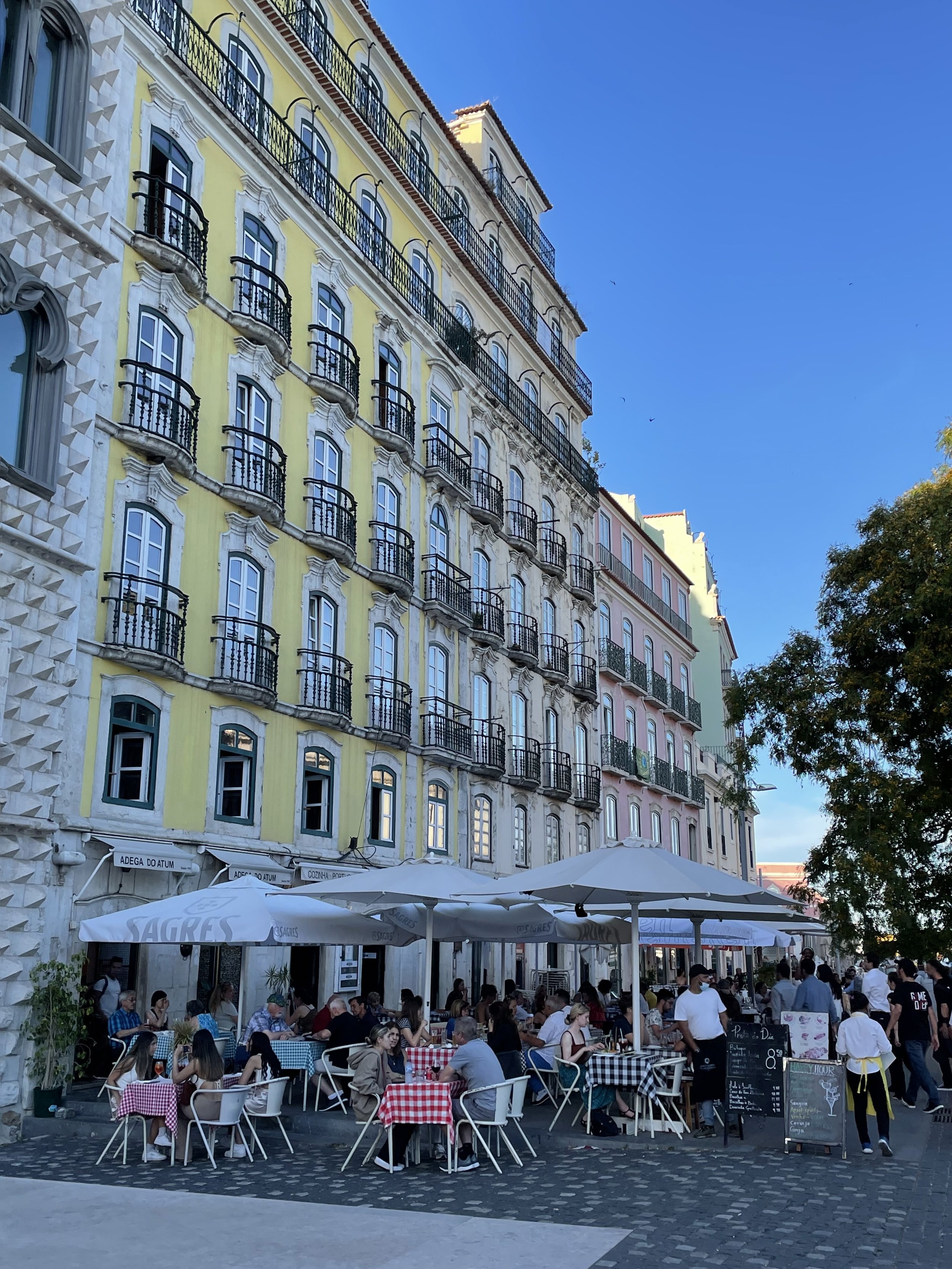Disclaimer: This post contains affiliate links, which means that the blog may earn a commission if you click through and make a purchase. This is at no additional cost to you. I only recommend products or services that I believe will add value to my readers. Thank you for your support!
Lisbon, the capital of Portugal, is a city that has something for everyone. With its rich history and culture, there is always something new and exciting to discover. From its iconic landmarks and charming neighborhoods to its vibrant nightlife and delicious cuisine, Lisbon is a destination that should not be missed.
Located on the Atlantic coast, Lisbon has a mild climate that makes it an ideal destination year-round. The city is known for its colorful houses, narrow streets, and charming squares, which give it a laid-back and welcoming atmosphere.
Lisbon has a rich history that can be traced back to the pre-Roman era. Over the centuries, the city has been influenced by a number of different cultures, including the Romans, Moors, and Portuguese. This diverse history is reflected in the city's architecture, which ranges from medieval castles to Art Deco buildings.
With so much to see and do, it can be overwhelming to decide on what to do in Lisbon, Portugal. But don't worry, I've got you covered. In this blog post, I'll share some of the best things to do in Lisbon, from visiting iconic landmarks to exploring the city's vibrant neighborhoods. So pack your bags and get ready to discover the charms of Lisbon.
1. Visit the Belem Tower.
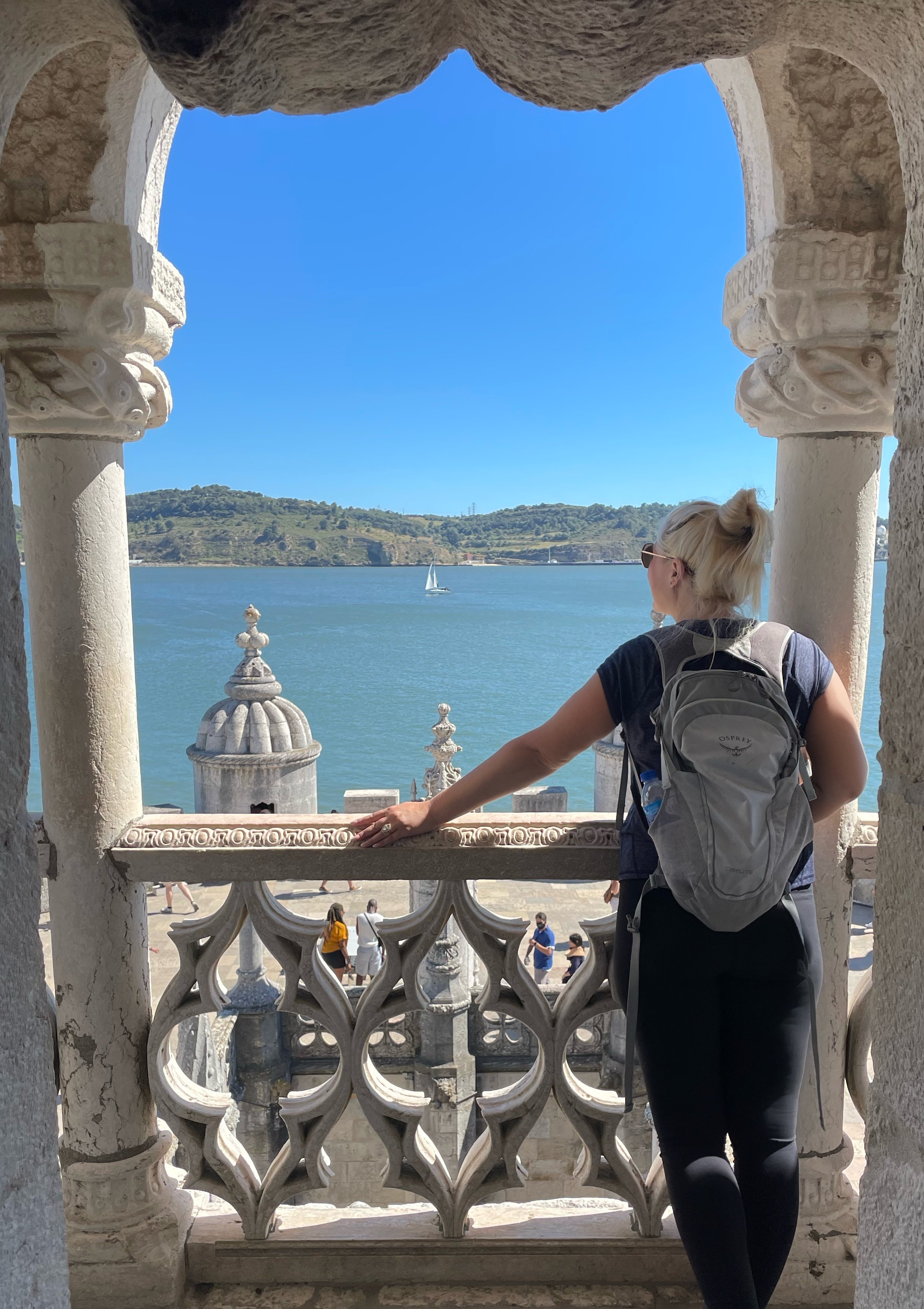

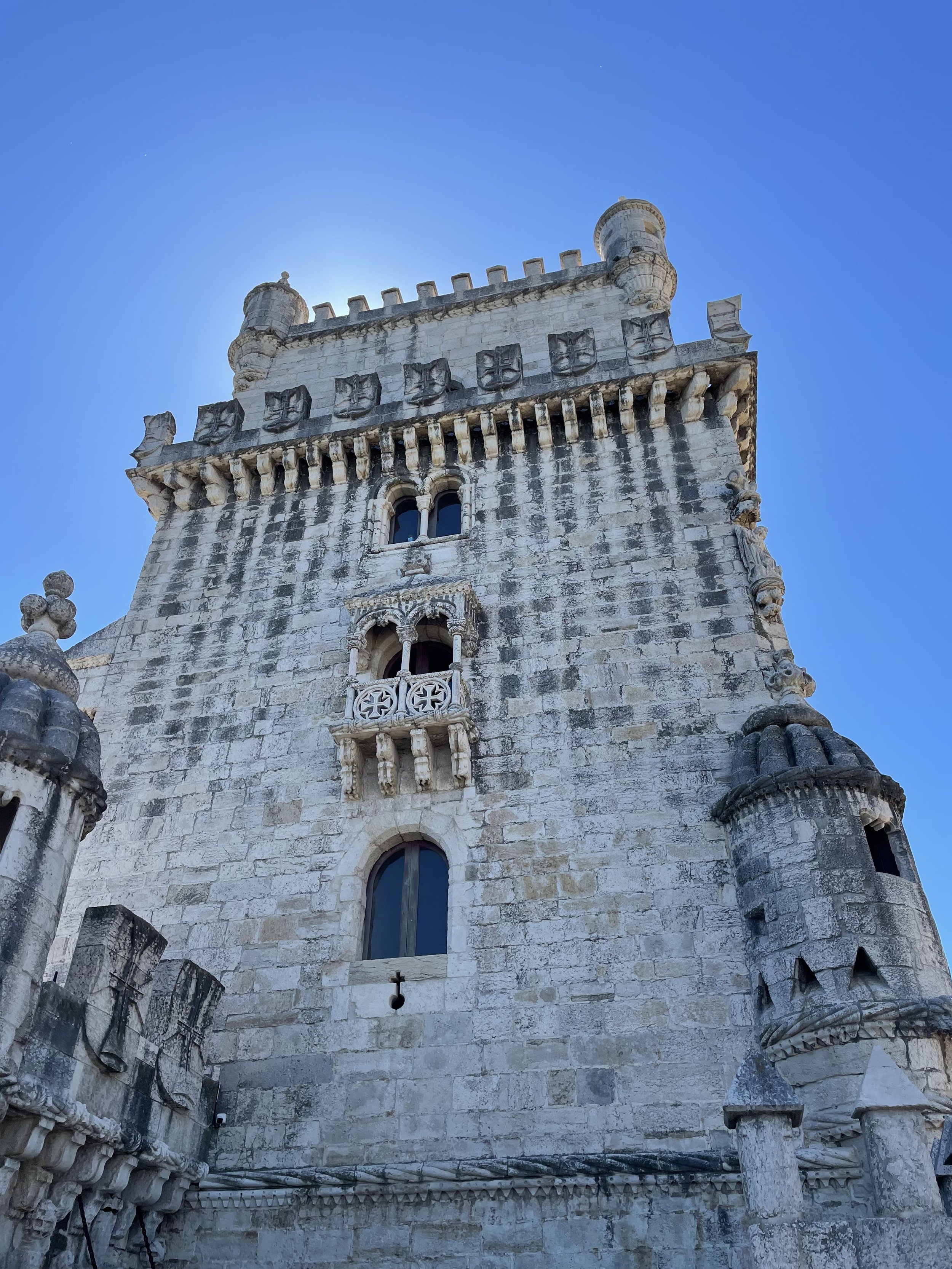

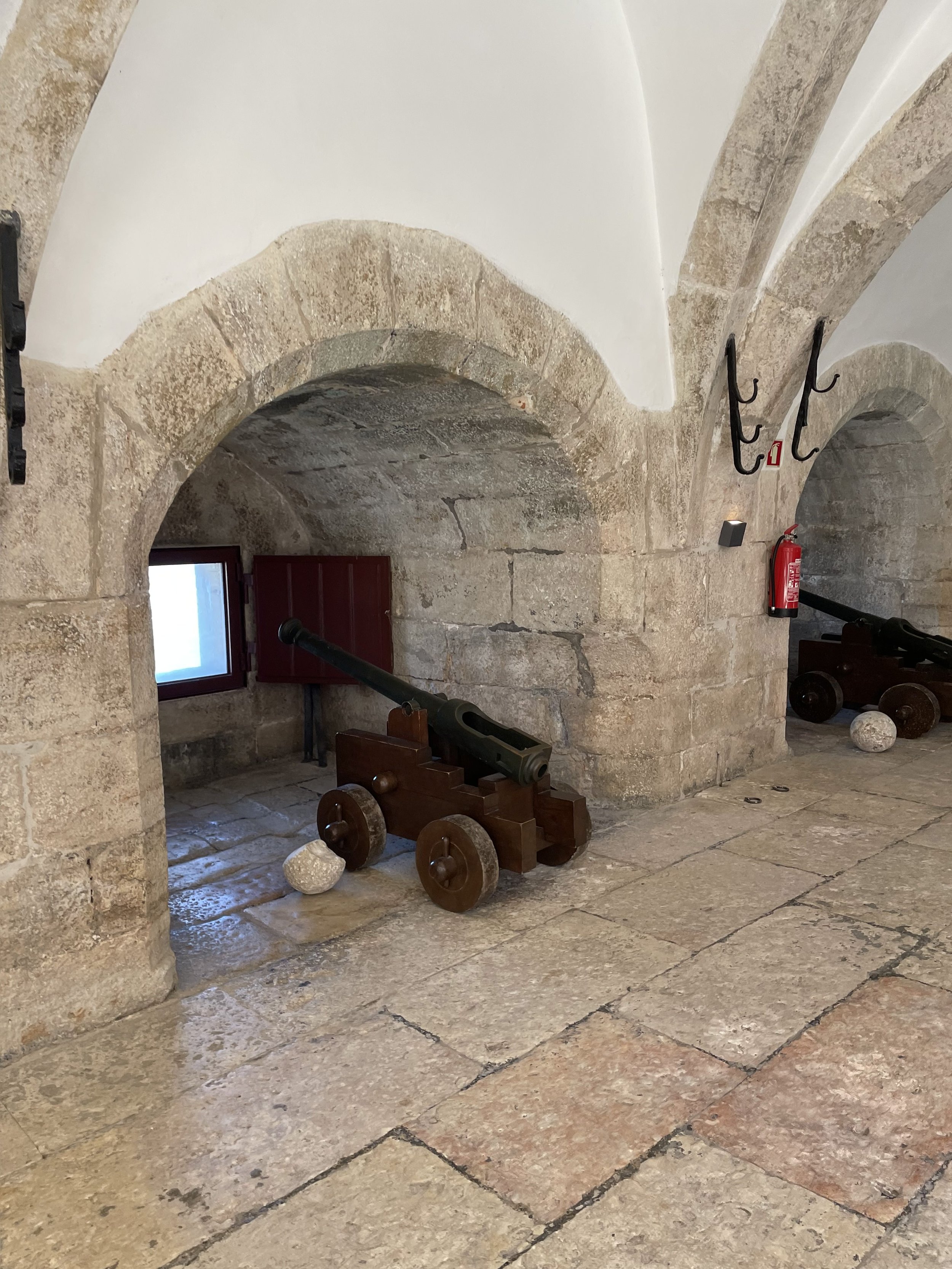


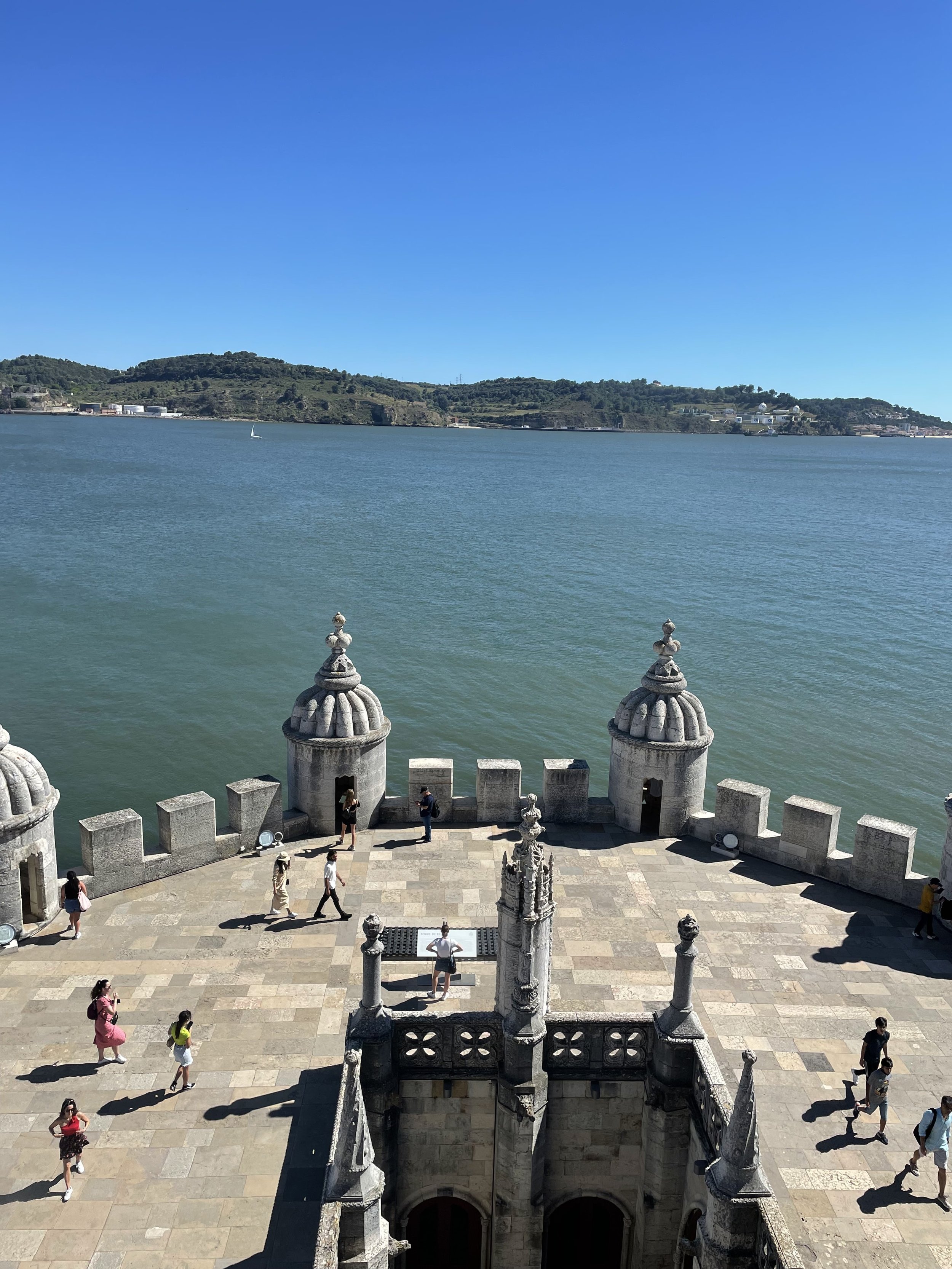






The Belem Tower was built in the 16th century as a defensive fortification to protect the city's harbor. It is located in the Belem neighborhood, which is known for its cultural and historical significance. The tower is a prime example of the Manueline style of architecture, which is characterized by its ornate and intricate details.
Today, the Belem Tower serves as a museum, offering visitors a chance to learn about the history of Lisbon and the role that the tower played in the city's defenses. Visitors can climb to the top of the tower for panoramic views of the city and the harbor.
In addition to the tower itself, the Belem neighborhood is also home to a number of other cultural and historical sites, including the Jeronimos Monastery, the National Coach Museum, and the Berardo Museum of Modern and Contemporary Art. So while you're in the area, be sure to take the time to explore these other attractions as well.
2. Explore Jeronimos Monastery.
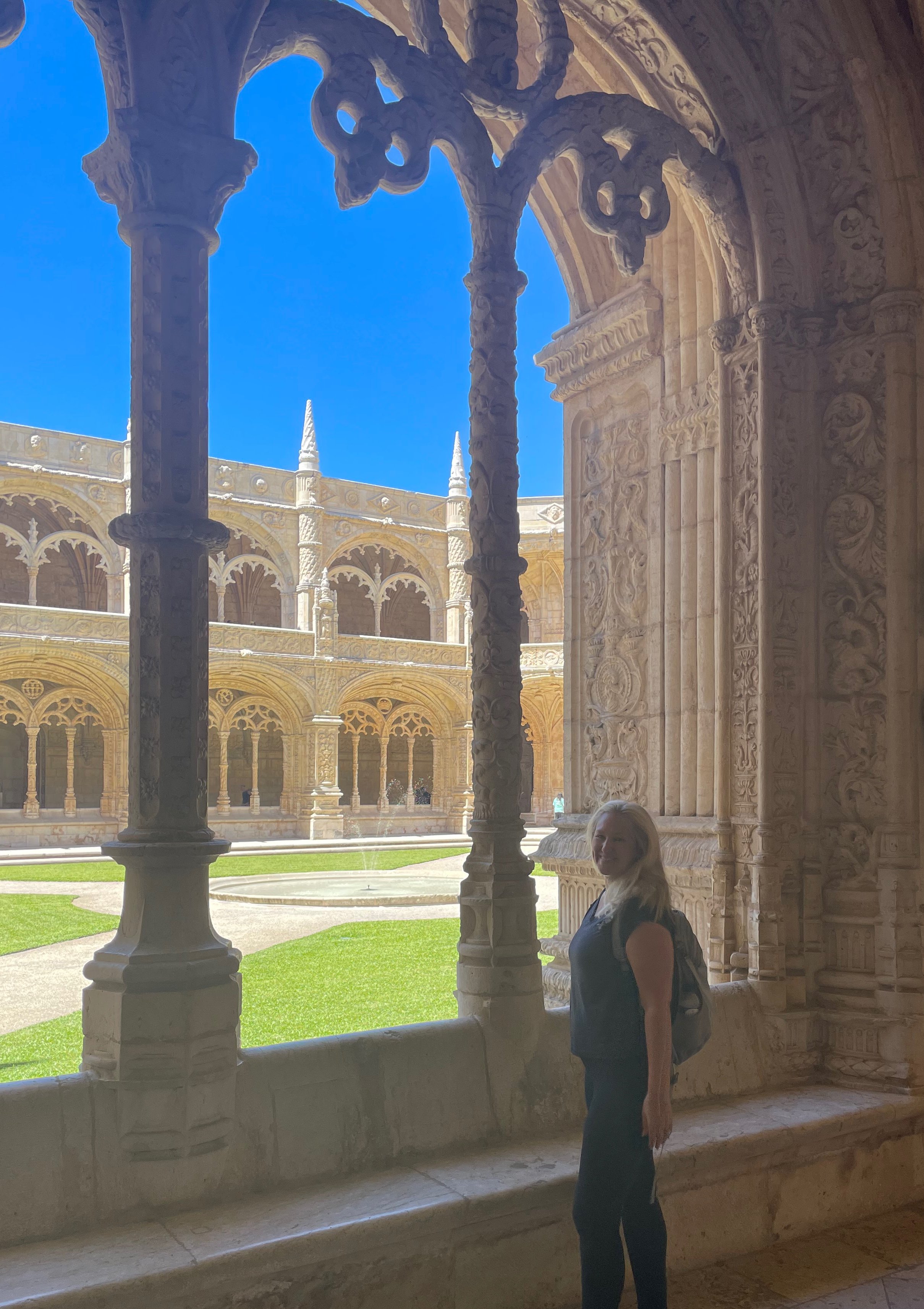
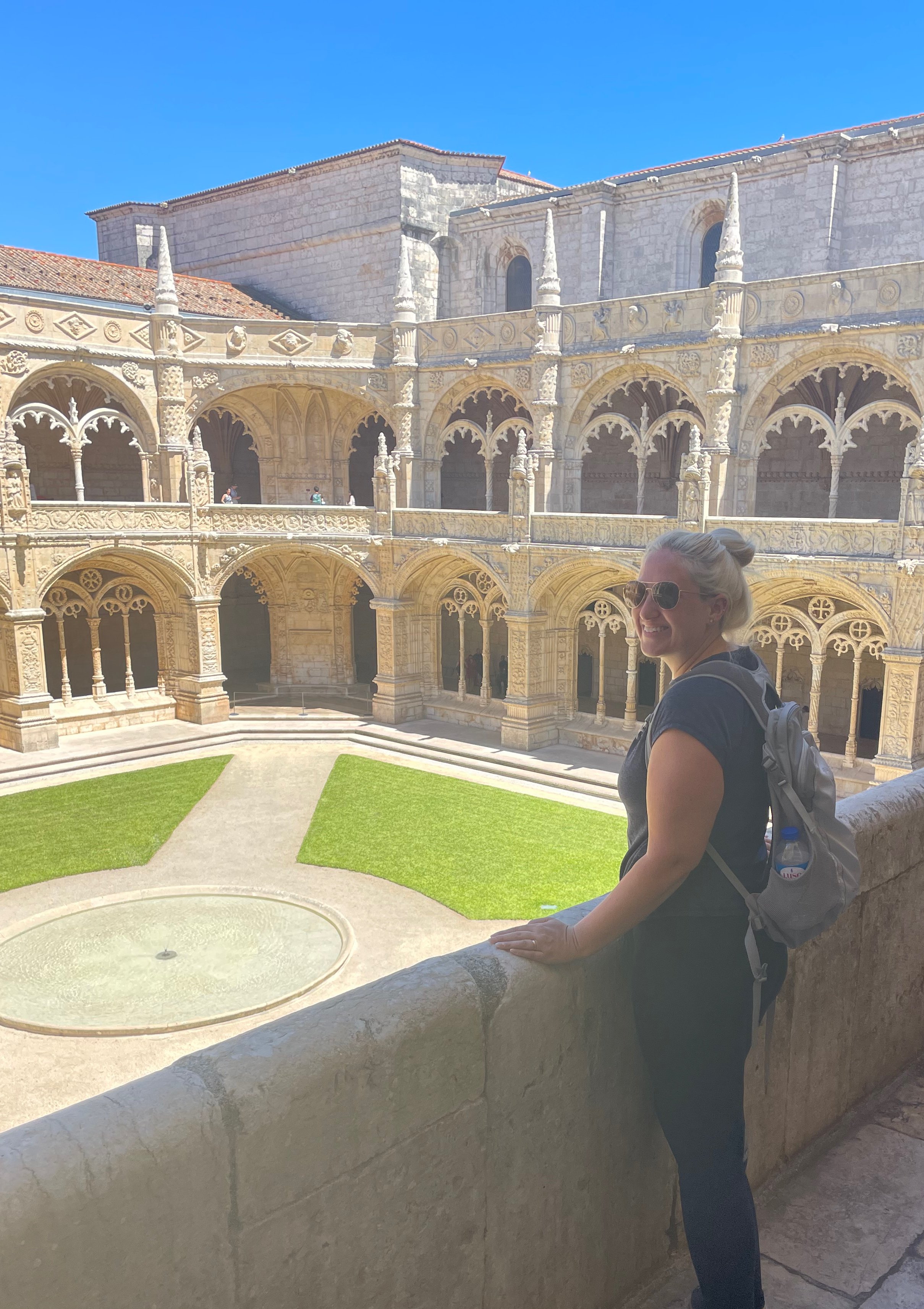

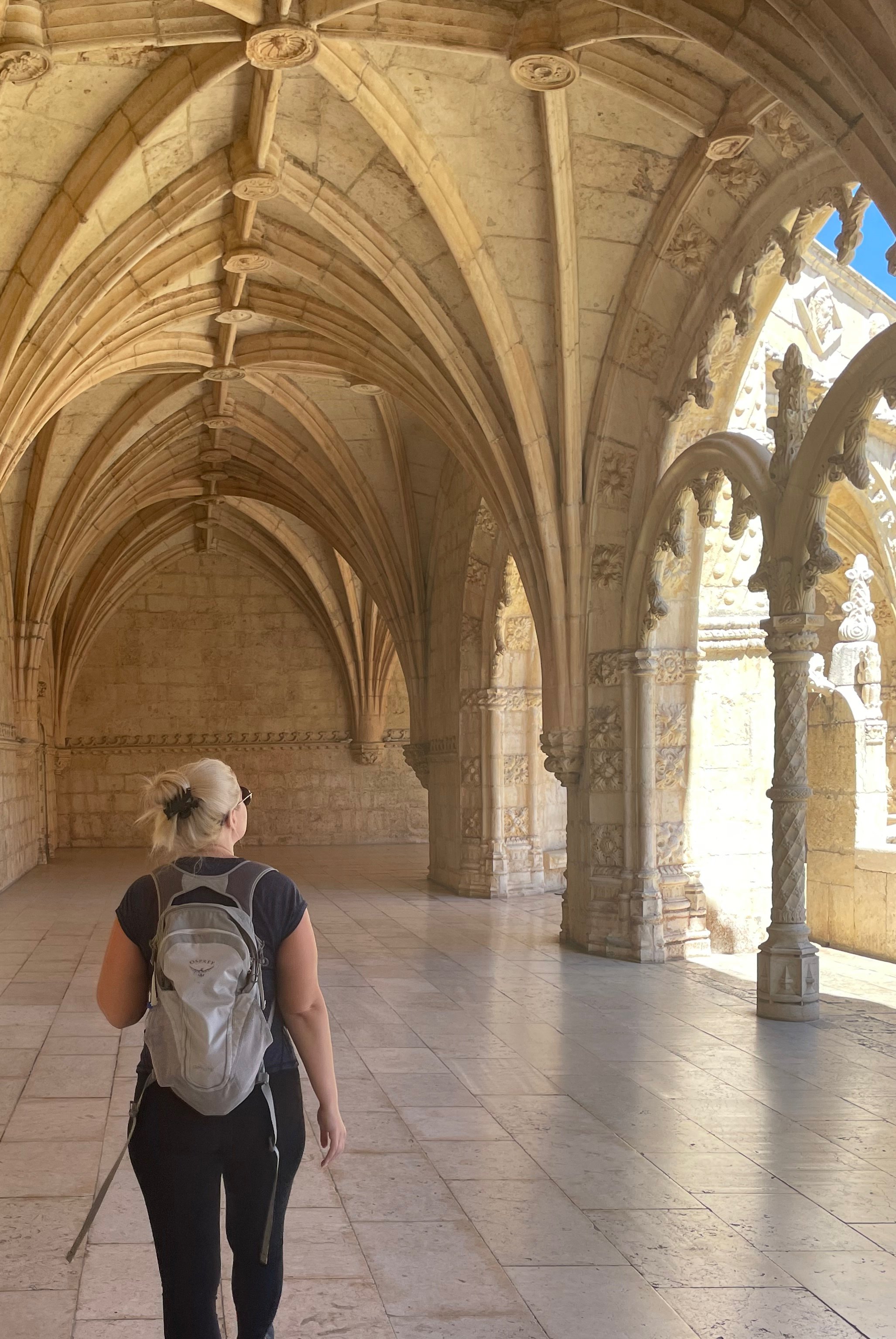
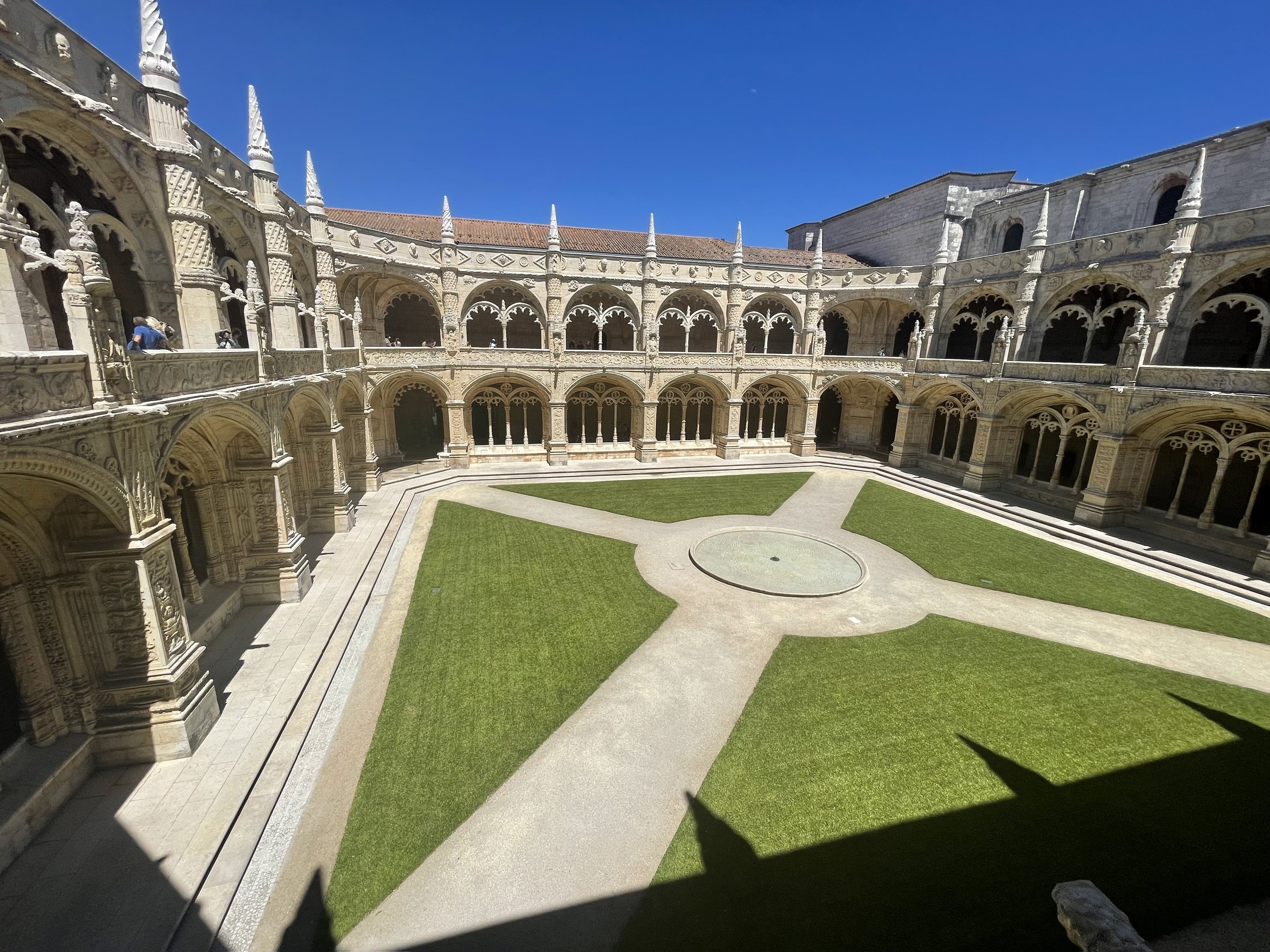
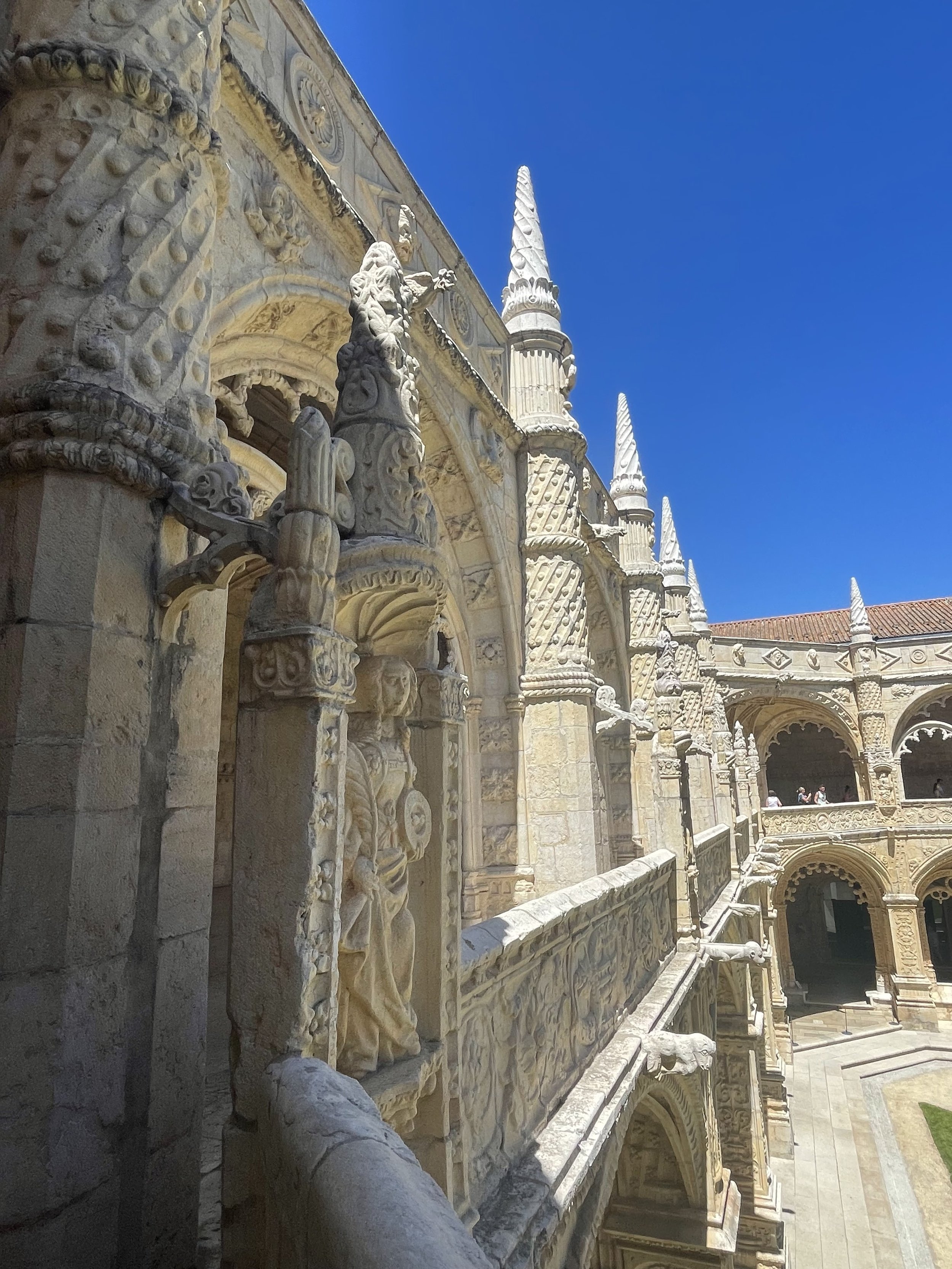

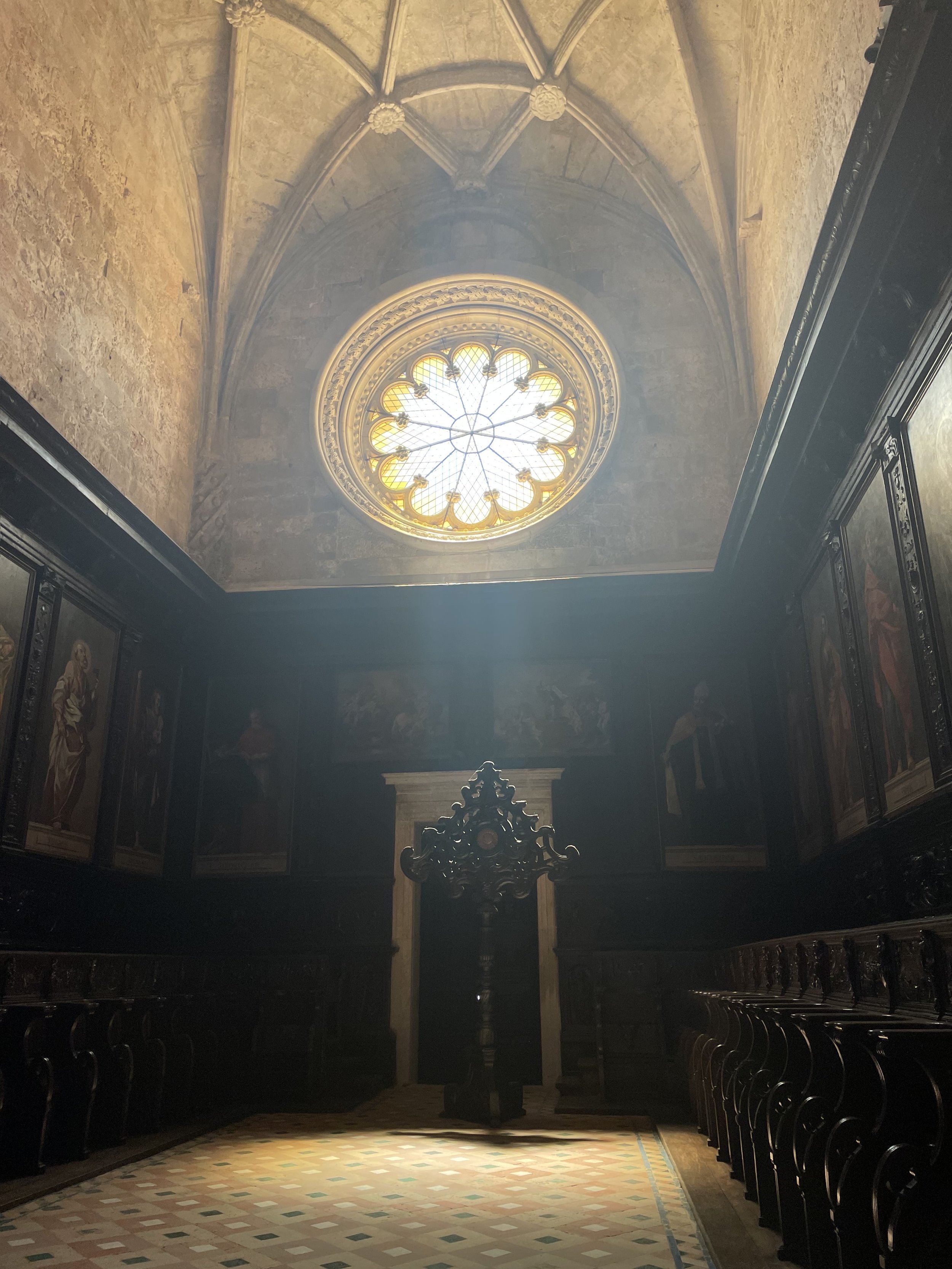



The Jeronimos Monastery is a prime example of the Manueline style of architecture, which is characterized by its ornate and intricate details. The monastery's cloisters are adorned with elaborate stone carvings, and the main chapel is home to a number of beautiful stained glass windows.
In addition to its architectural and historical significance, the Jeronimos Monastery is also home to a number of important cultural treasures. The monastery's library contains a number of rare and valuable manuscripts, including the Codex Calixtinus, a 12th-century guide to the pilgrimage route to Santiago de Compostela.
Visitors to the Jeronimos Monastery can take a guided tour of the monastery's main chapels, cloisters, and library, or simply explore the grounds on their own. The monastery is open to the public every day, and tickets can be purchased on-site or in advance online. We purchased onsite and there was some wait to enter, so if you can purchase in advance, I’d advise it!
3. Discover Lisbon's Pink Street.
The Pink Street is a great place to go out at night, with a number of bars and clubs that stay open late. You'll find everything from trendy rooftop bars with panoramic views of the city to cozy cocktail bars and live music venues.
In addition to its nightlife, the Pink Street is also home to a number of interesting shops and boutiques. You'll find everything from vintage clothing stores to artisanal food markets, offering a chance to pick up a unique souvenir or treat yourself to a local delicacy.
During the day, the Pink Street is a bit quieter, but it's still a great place to spend an afternoon. You can grab a coffee or a bite to eat at one of the street's many cafes and restaurants, or simply take a leisurely stroll and soak up the atmosphere.
4. Admire the ruins of Carmo Convent.






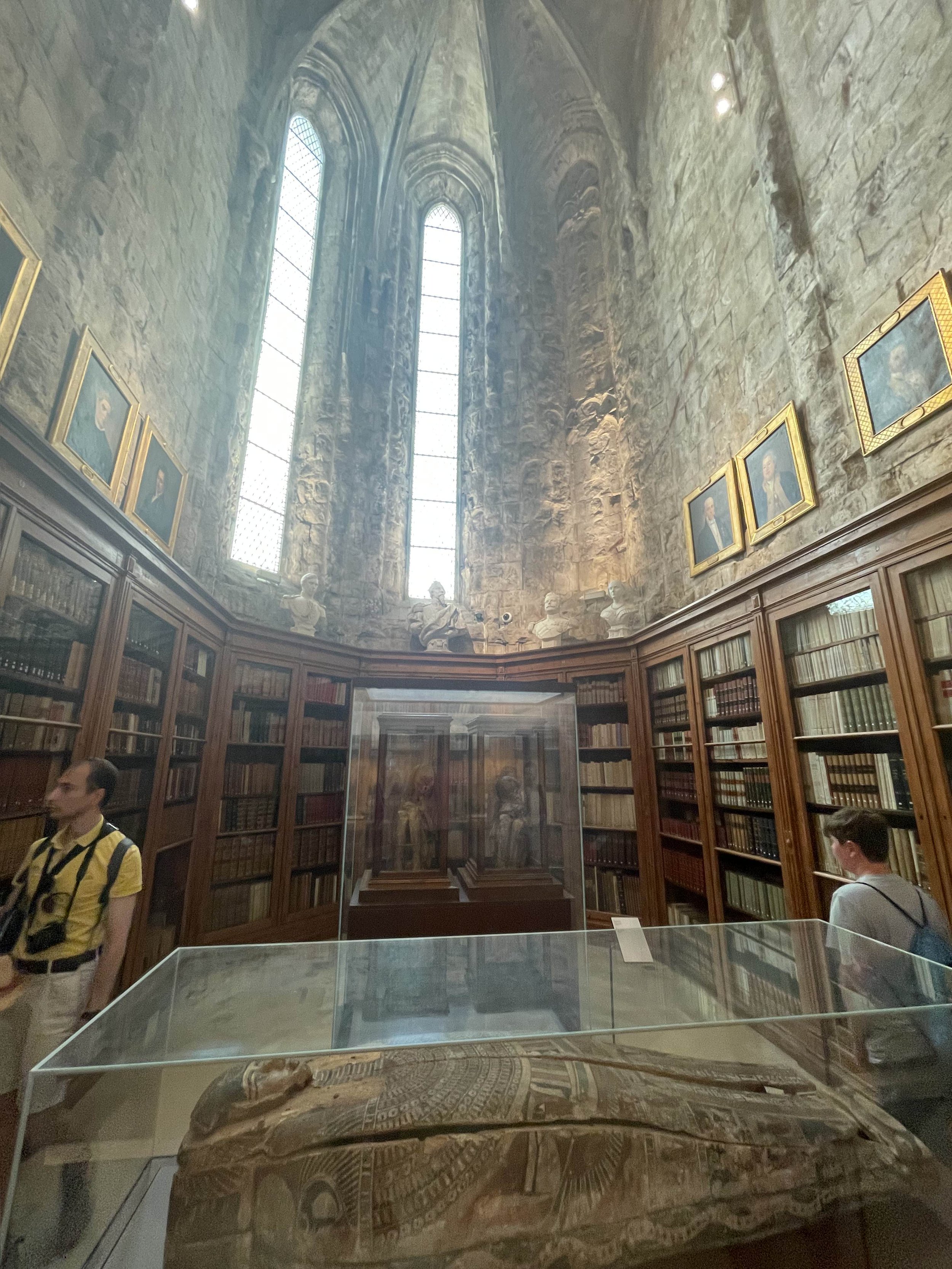



The museum houses a collection of artifacts and relics from Portugal's rich history, including prehistoric tools, Roman and Visigothic jewelry, and medieval pottery. The museum is also home to a number of important artworks, including a collection of Gothic altarpieces and the remains of a Gothic tomb.
In addition to its permanent collection, the Carmo Archaeological Museum also hosts a number of temporary exhibitions and events, making it a popular destination for both tourists and locals.
Visitors to the museum can explore the ruins of the Carmo Convent, learn about the history of Lisbon and Portugal, and view the museum's collection of artifacts and artworks. The museum is open every day, and tickets can be purchased on-site or in advance online. We purchased tickets at the door with little to no wait.
5. Go luxury shopping on Avenida da Liberdade.
The Jardins da Avenida da Liberdade are also a popular spot for a leisurely stroll or a relaxing break. The gardens are beautifully landscaped, with a number of benches, fountains, and sculptures to admire. You'll also find a number of cafes and restaurants in the area, offering a chance to sit and enjoy a coffee or a meal.
If you're looking for luxury brands, you'll find a number of well-known international brands on the Jardins da Avenida da Liberdade, as well as a number of Portuguese brands that are known for their quality and style. You'll also find a number of department stores in the area, offering a wide selection of products.
6. See the city from Castelo de São Jorge.



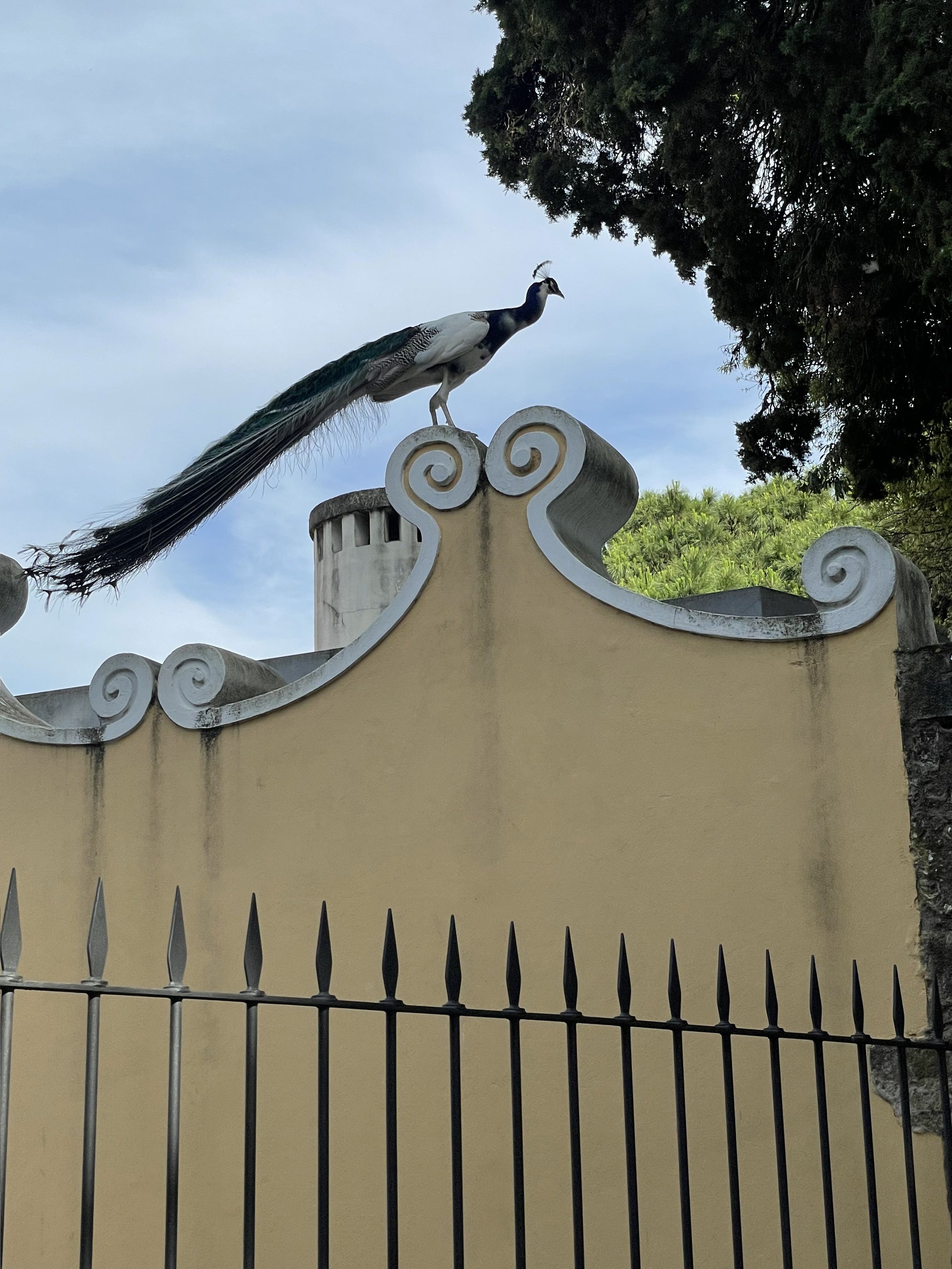
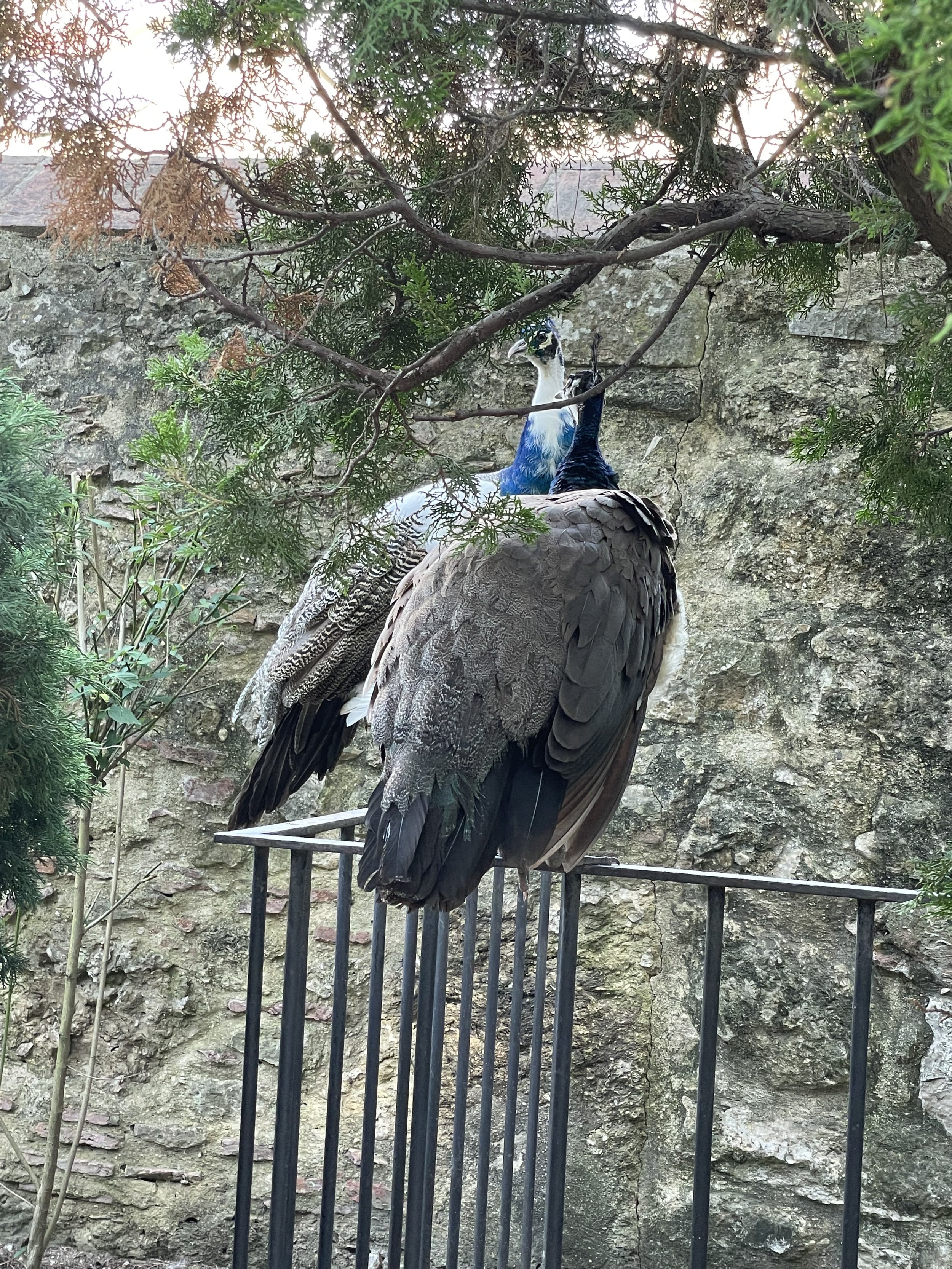

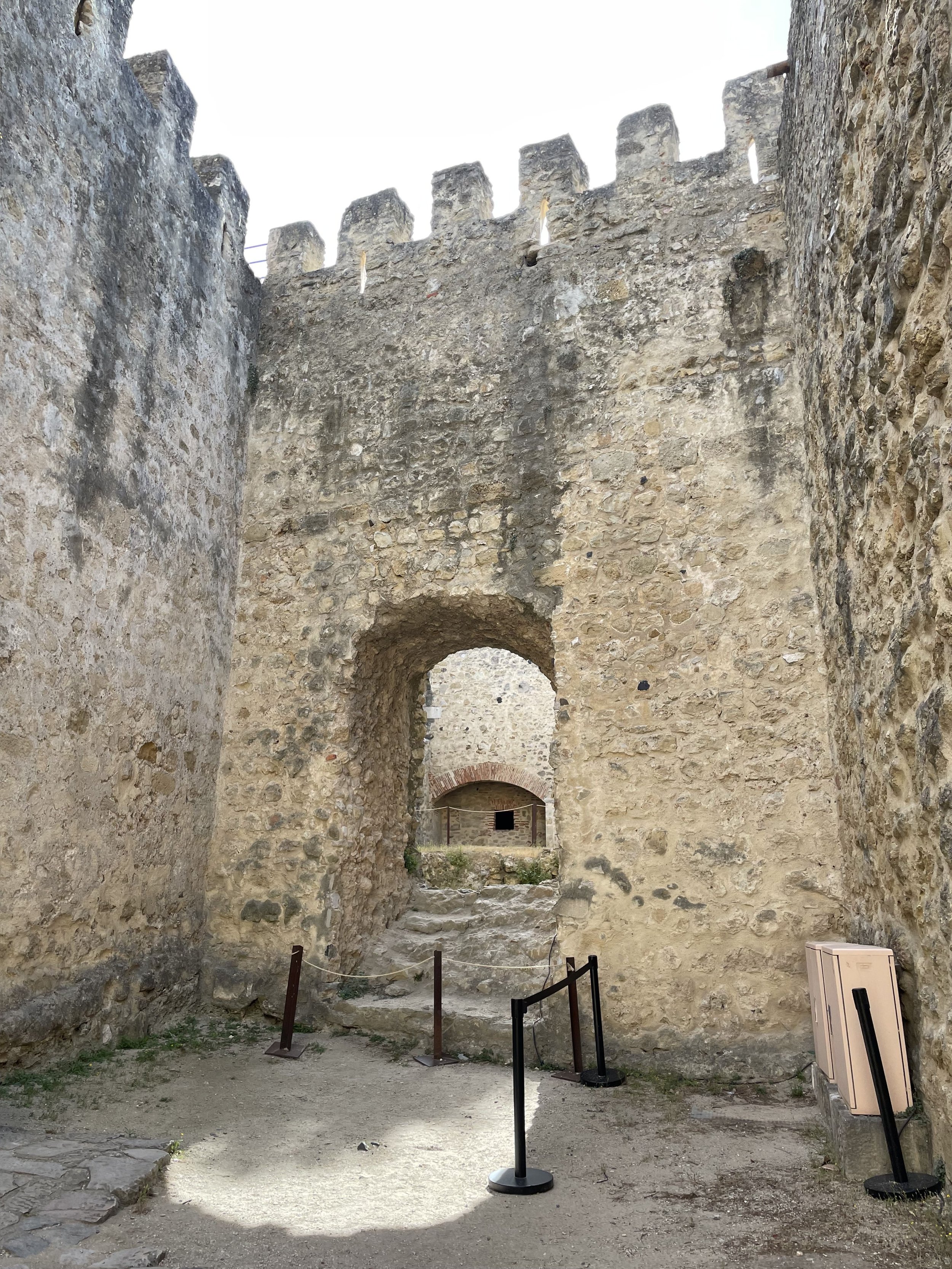

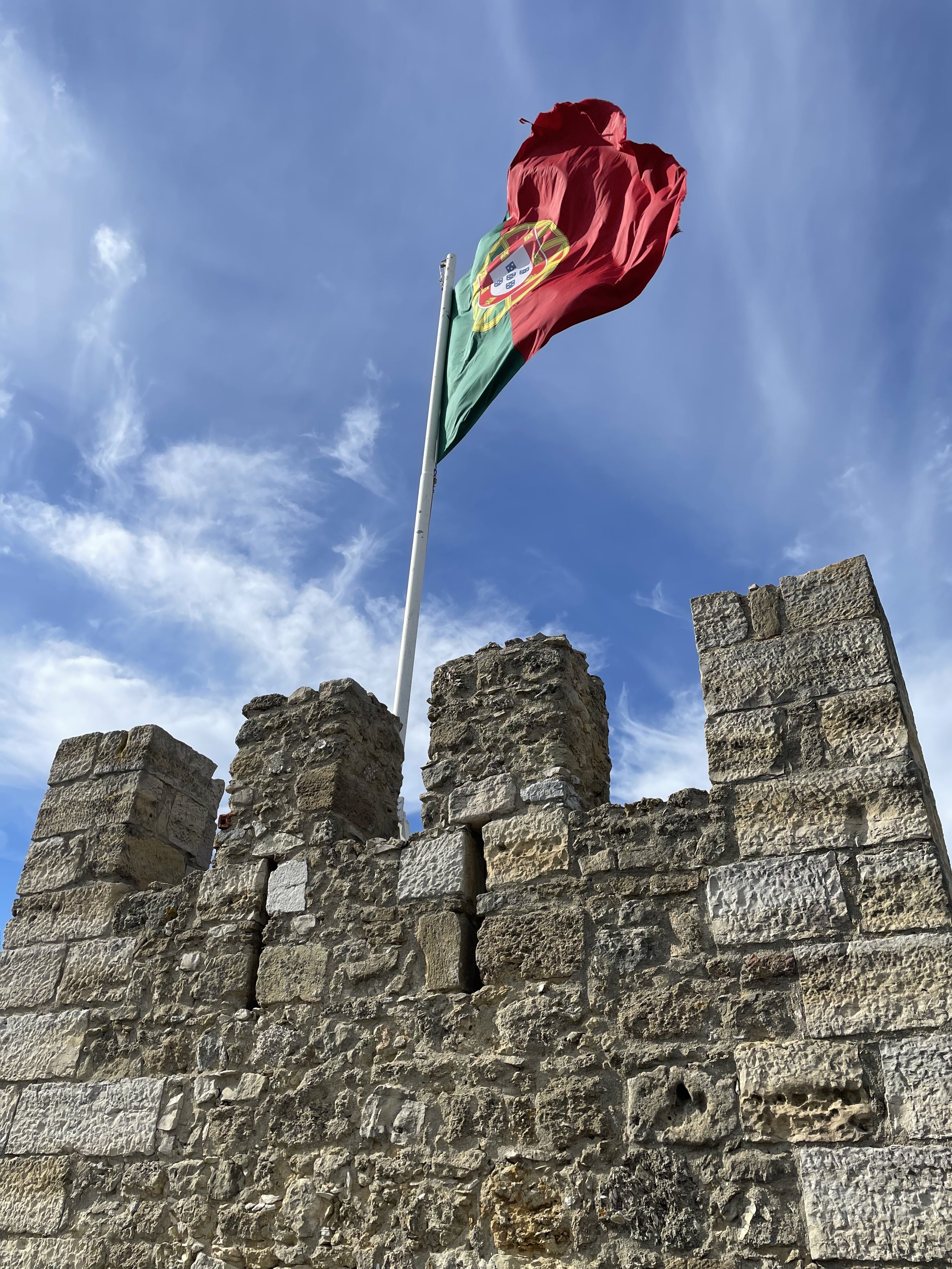
Today, the Castelo de São Jorge is a popular tourist attraction, offering visitors a chance to explore the castle's grounds and learn about its history. The castle's walls, towers, and gates are well-preserved, and you can wander through its rooms and courtyards to get a sense of what life was like in the castle during its heyday. I especially loved spotting all the wild peacocks running around - both fully grown and babies!
The castle's location on a hill offers breathtaking, panoramic views of the city, and you can take a leisurely stroll through the castle's gardens to take in the views. The castle is also home to a number of museums, including the Military Museum and the Archaeological Museum, which offer a chance to learn about the castle's history and the history of Lisbon. It’s a bit of an uphill hike to make it, but it’s worth it!
7. Check out the city's museums, like Museu Nacional do Azulejo.




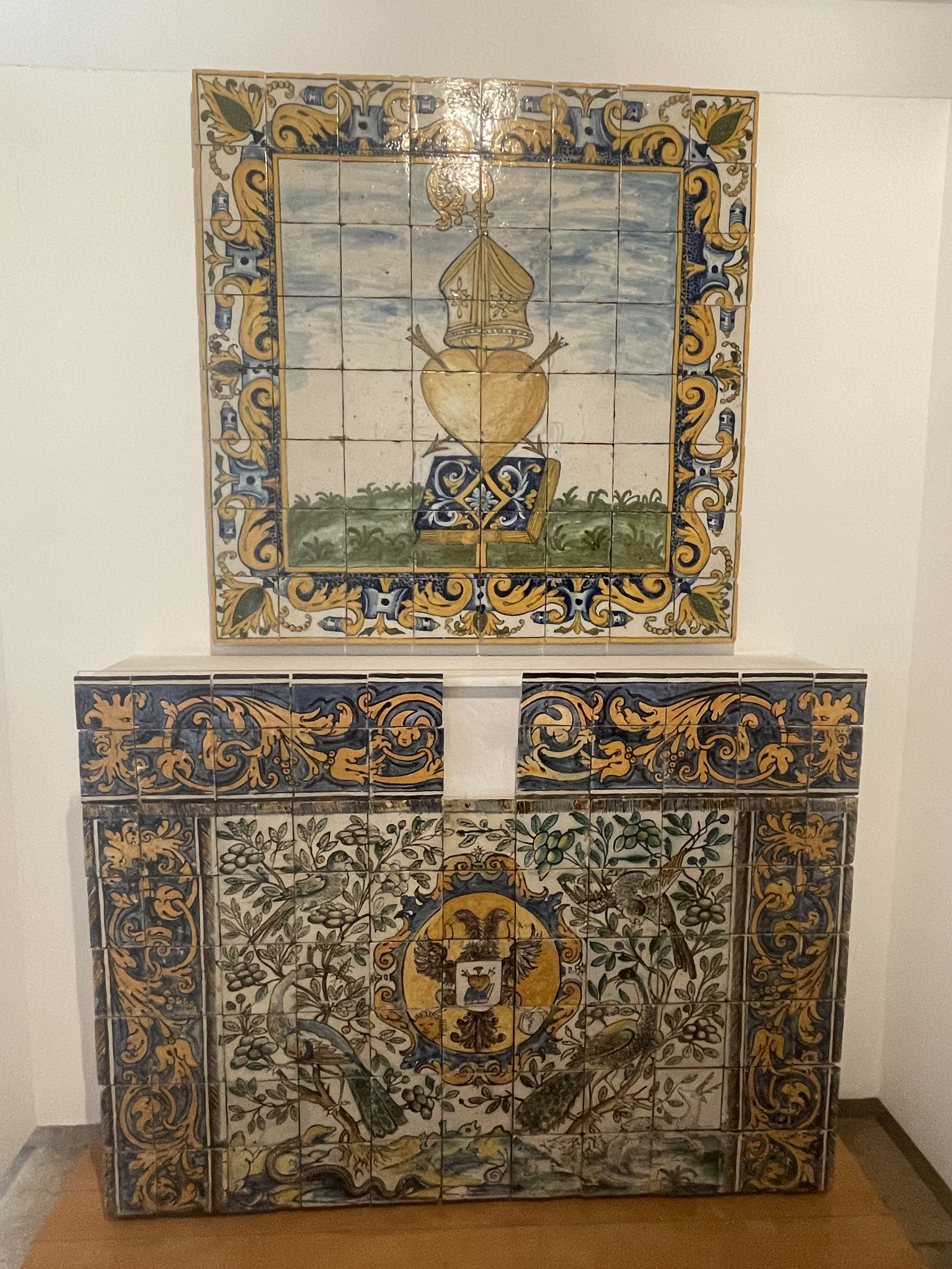
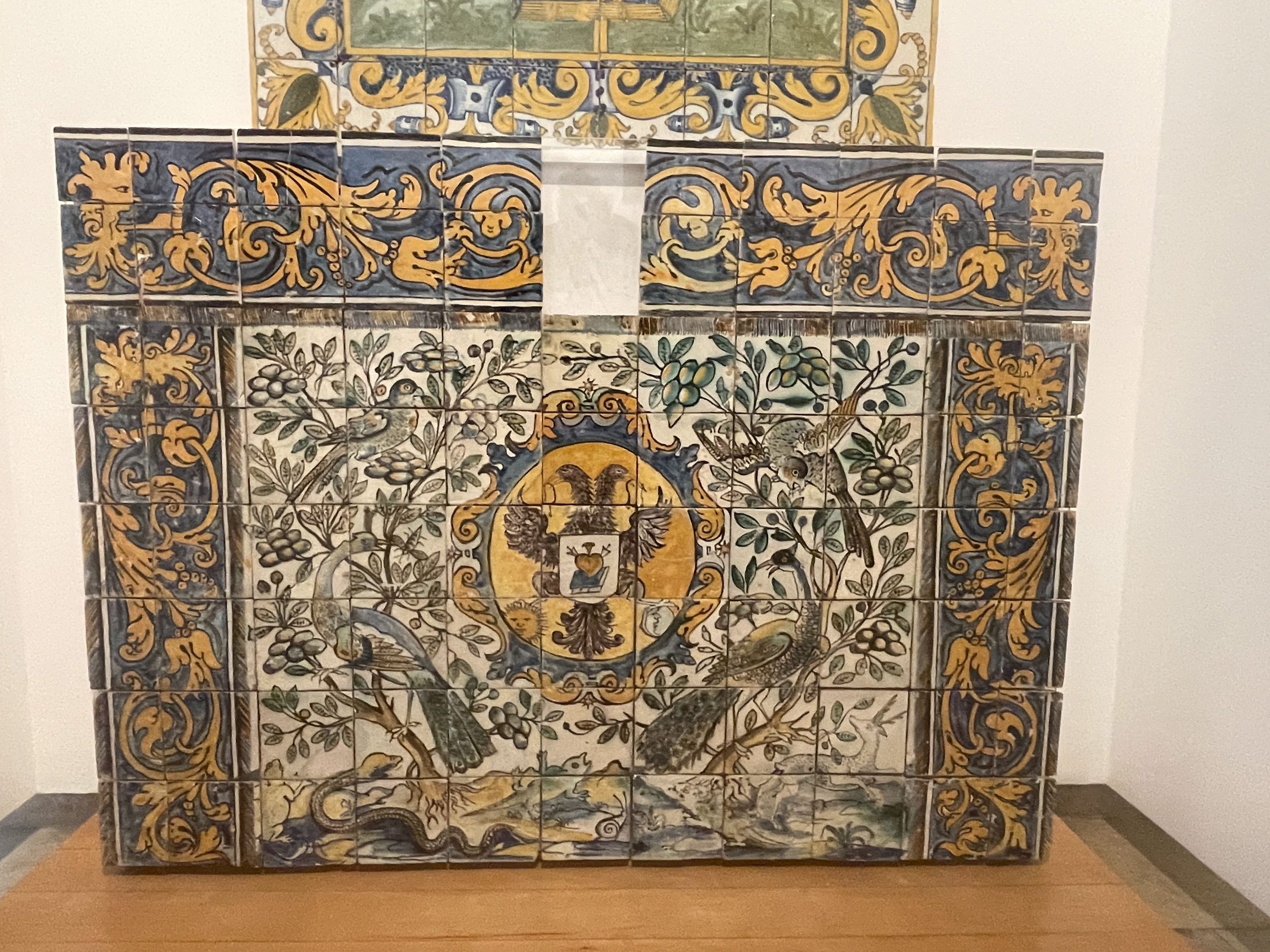


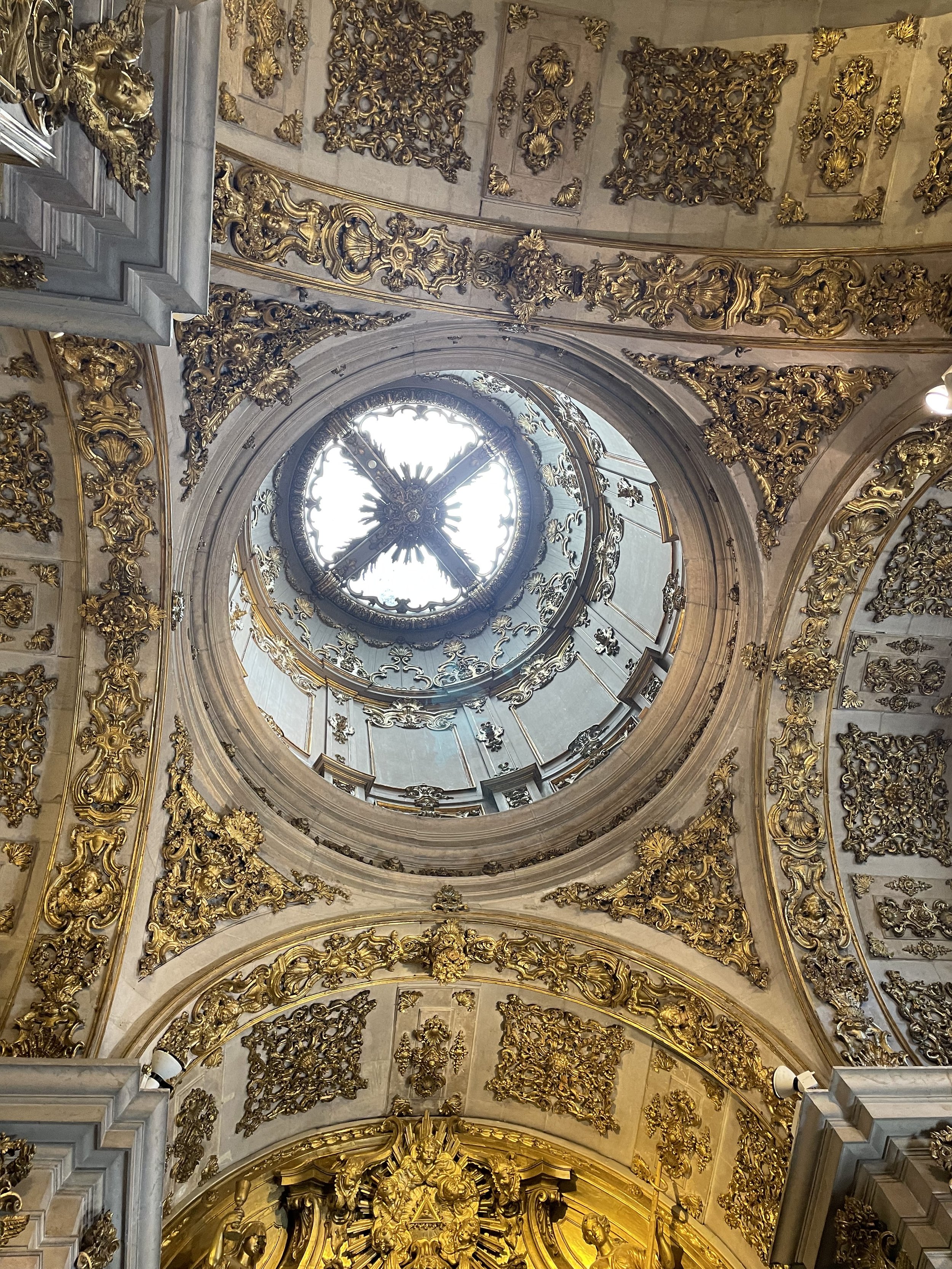

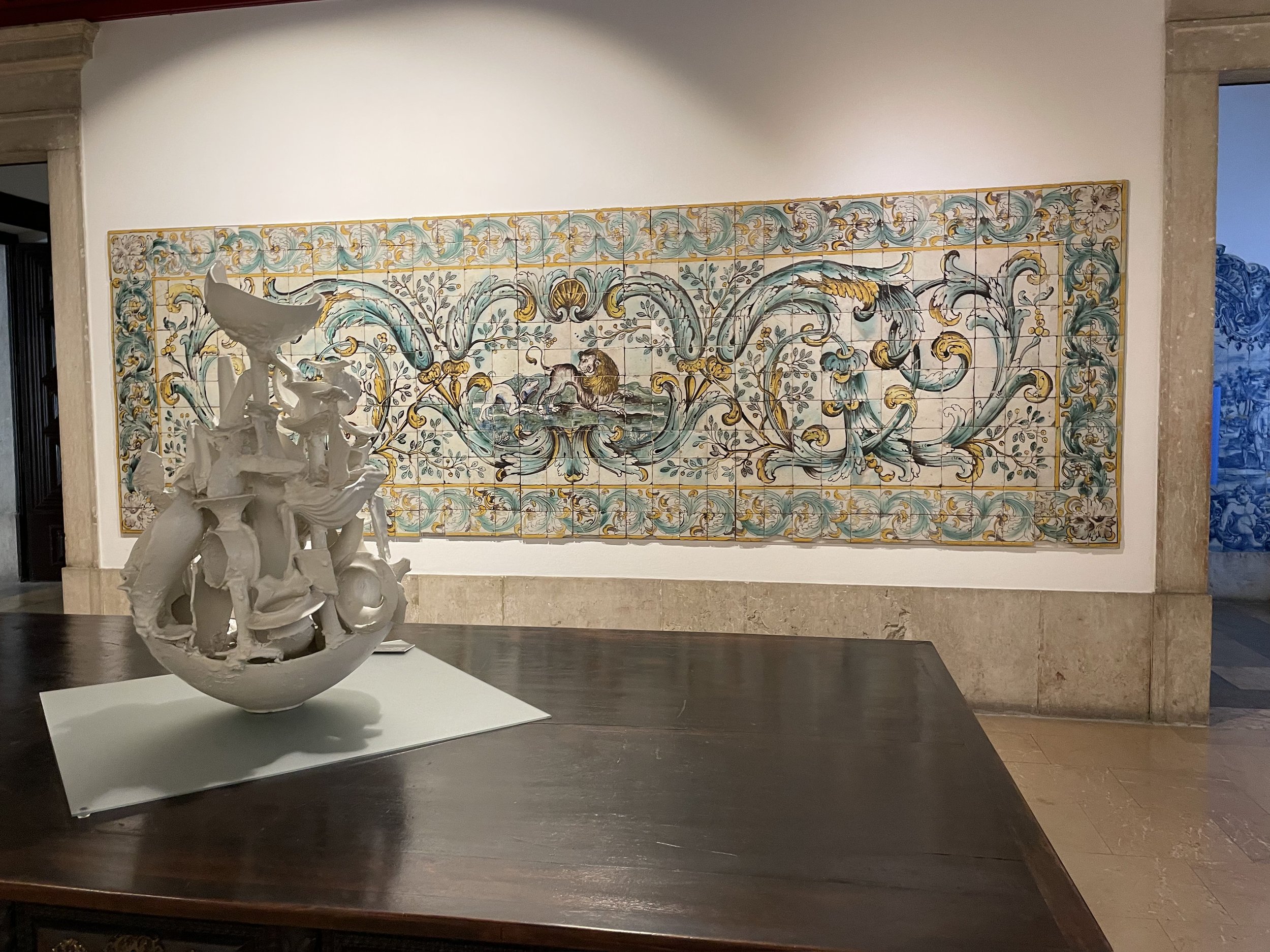



The Museu Nacional do Azulejo is home to a collection of more than 4,000 tiles, dating from the 15th to the 20th century. The museum's collection includes tiles from a number of different styles and periods, and it is one of the most comprehensive collections of azulejos in the world.
In addition to its collection of tiles, the Museu Nacional do Azulejo also has a number of temporary exhibitions and events, offering visitors a chance to learn about the history and cultural significance of azulejos. I especially liked visiting the small chapel inside the museum. The museum also has a gift shop, where you can purchase souvenirs and other items related to azulejos.
Lisbon has a number of other interesting museums, including the Calouste Gulbenkian Museum, which houses a collection of art and artifacts from around the world, and the Berardo Museum of Modern and Contemporary Art.
8. Wander through Alfama neighborhood.
9. Take a ride on the historic trams.
We didn’t have time to ride on one of the trams but we did see them around the city, and we spotted Tram 28. It had a very long line to board! If you want to ride on Tram 28, try to go on the first or last ride of the day to avoid crowds.
10. Go to the top of the Santa Justa lift.
11. Eat authentic Portuguese cuisine.
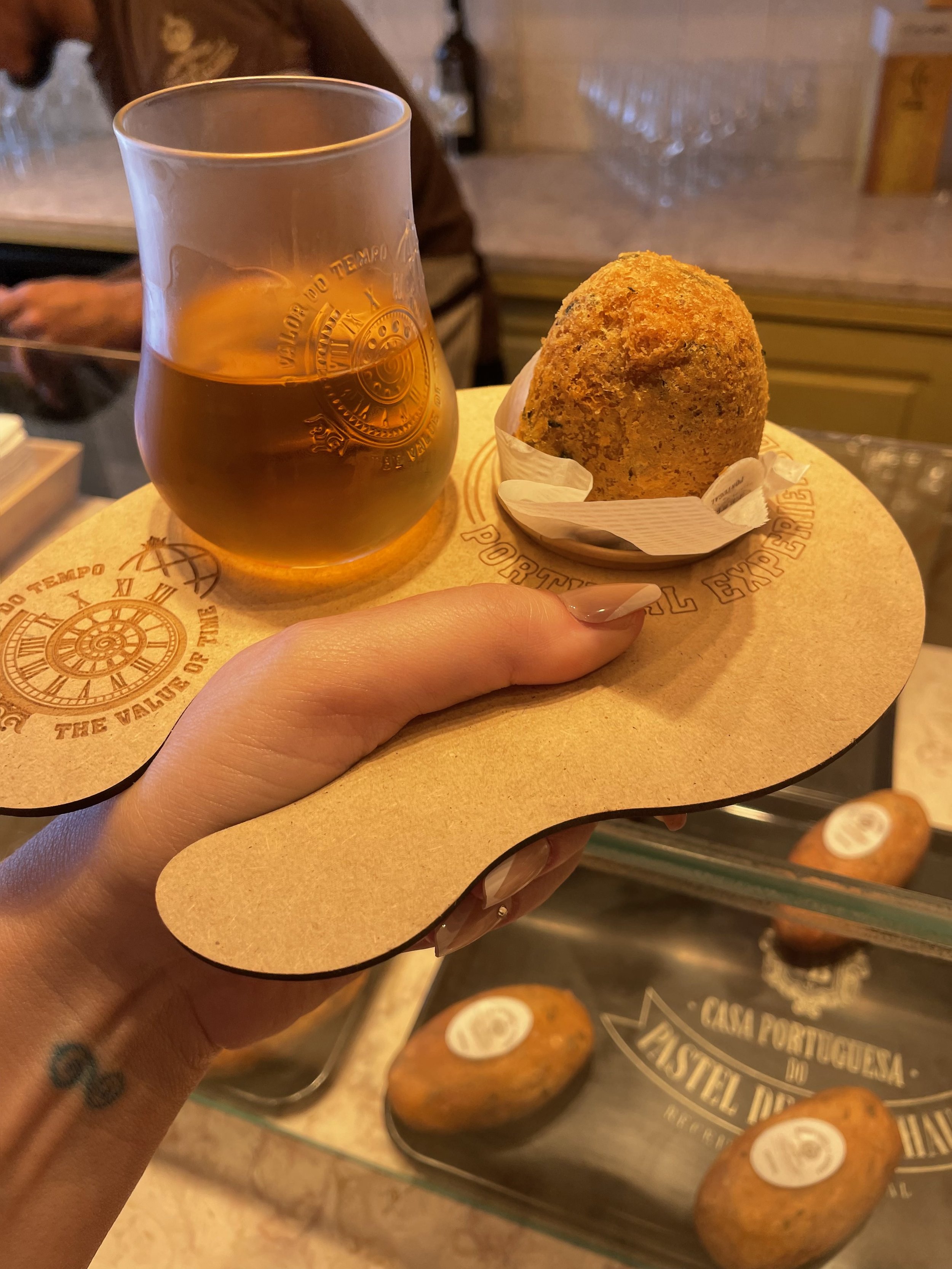



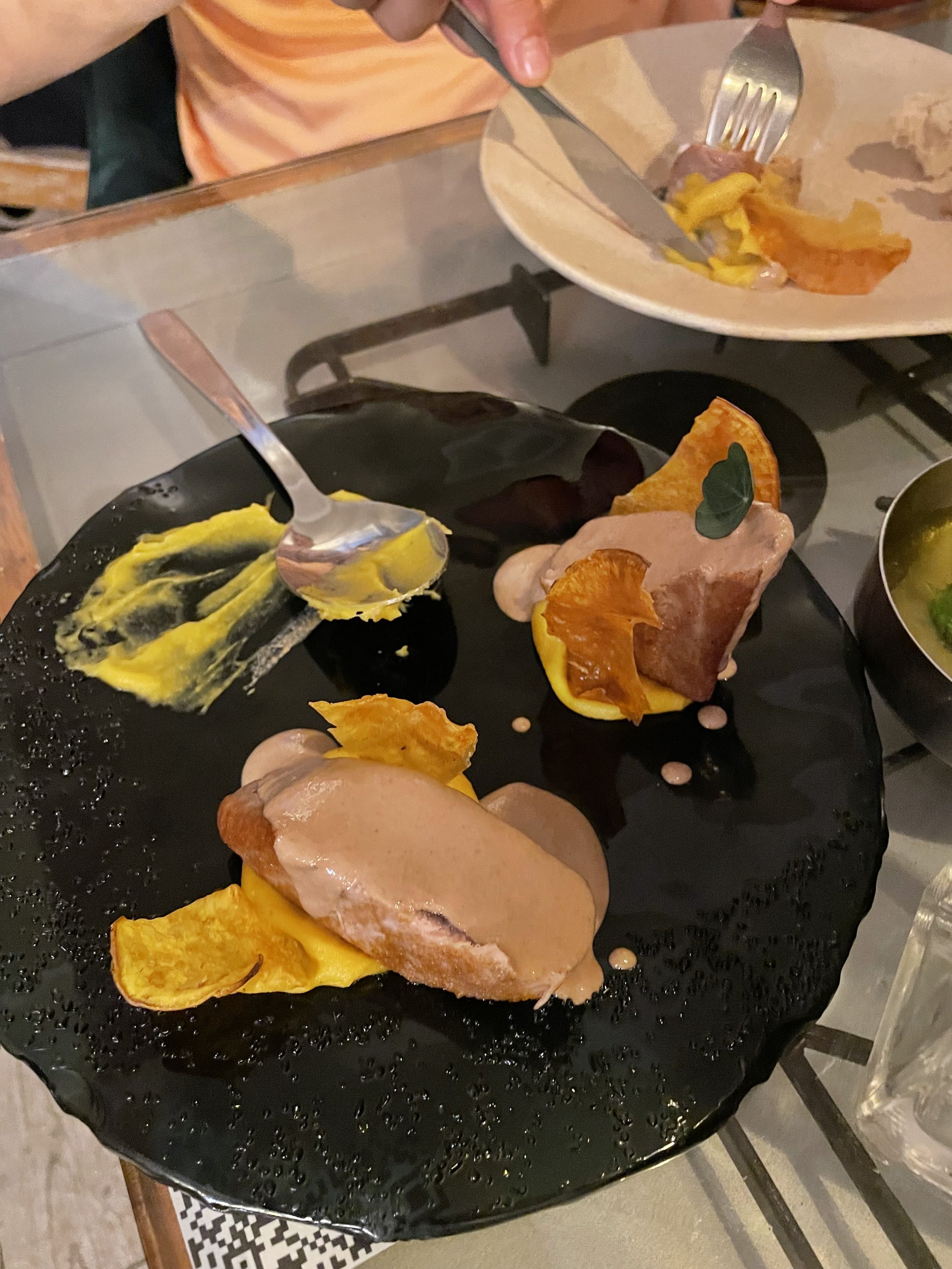



Eating the cuisine in Lisbon is a must-do for any visitor to the city. Portuguese cuisine is known for its flavorful and hearty dishes, made with fresh ingredients and traditional cooking techniques.
One of the most famous dishes in Portuguese cuisine is bacalhau, or salted cod. This versatile fish is prepared in a variety of ways, including grilled, fried, or baked, and it is often served with potatoes and vegetables. Another popular dish is cozido, a stew made with a variety of meats and vegetables.
Seafood is also a staple of Portuguese cuisine, and Lisbon is home to a number of excellent seafood restaurants. You can try dishes like grilled sardines, caldeirada (a seafood stew), or cataplana (a seafood and rice dish), or simply order a variety of seafood to share.
In addition to its main dishes, Portuguese cuisine also has a number of delicious desserts and pastries. Pastel de nata, a custard tart, is a national favorite, and you'll find it served in cafes and bakeries throughout the city. Other popular desserts include arroz doce (sweet rice pudding) and bolo de arroz (a rice cake).
>>> Click here to discover my picks for where to eat while you’re in Lisbon! <<<
12. Day trip to the Sintra region.

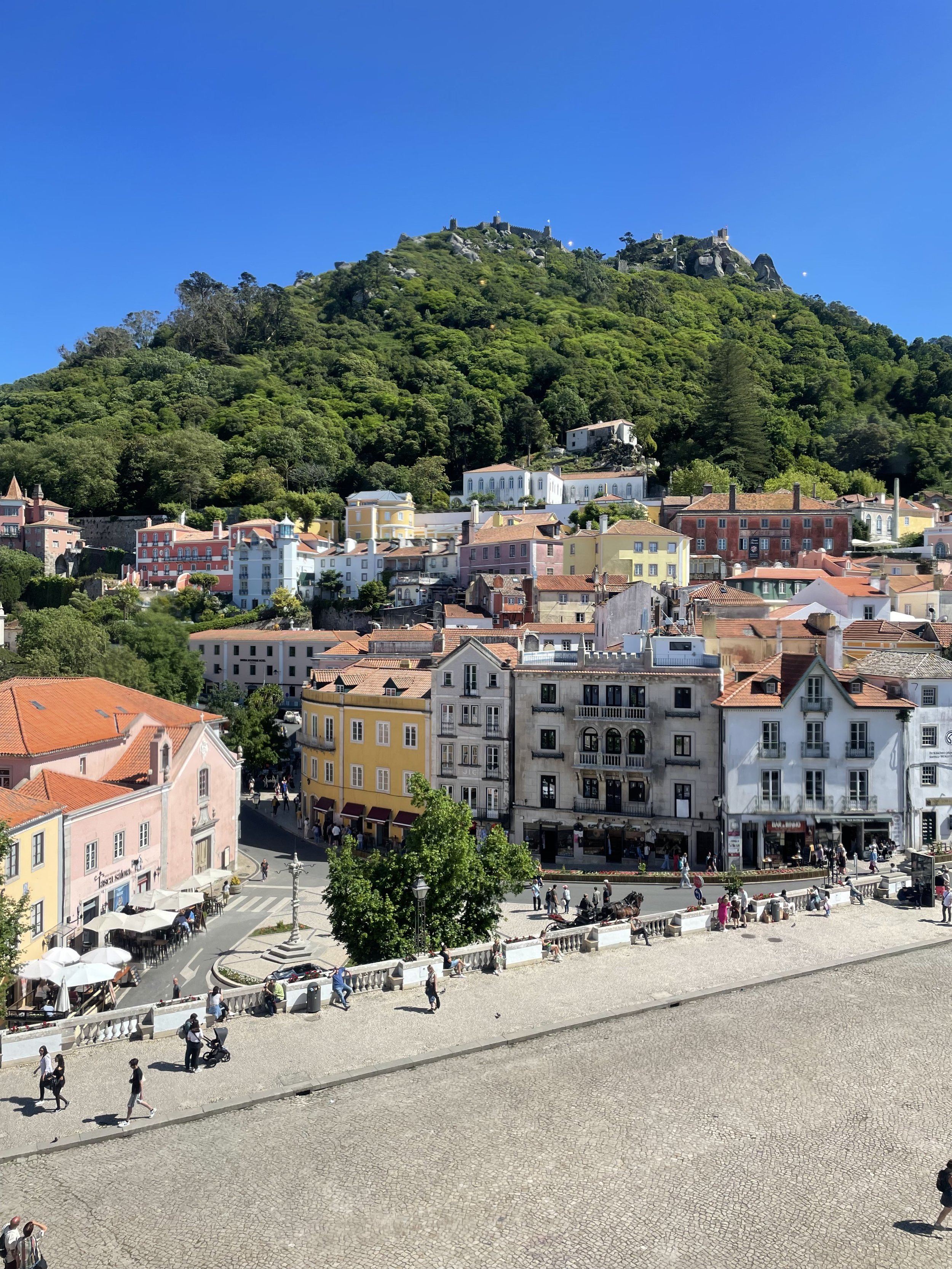




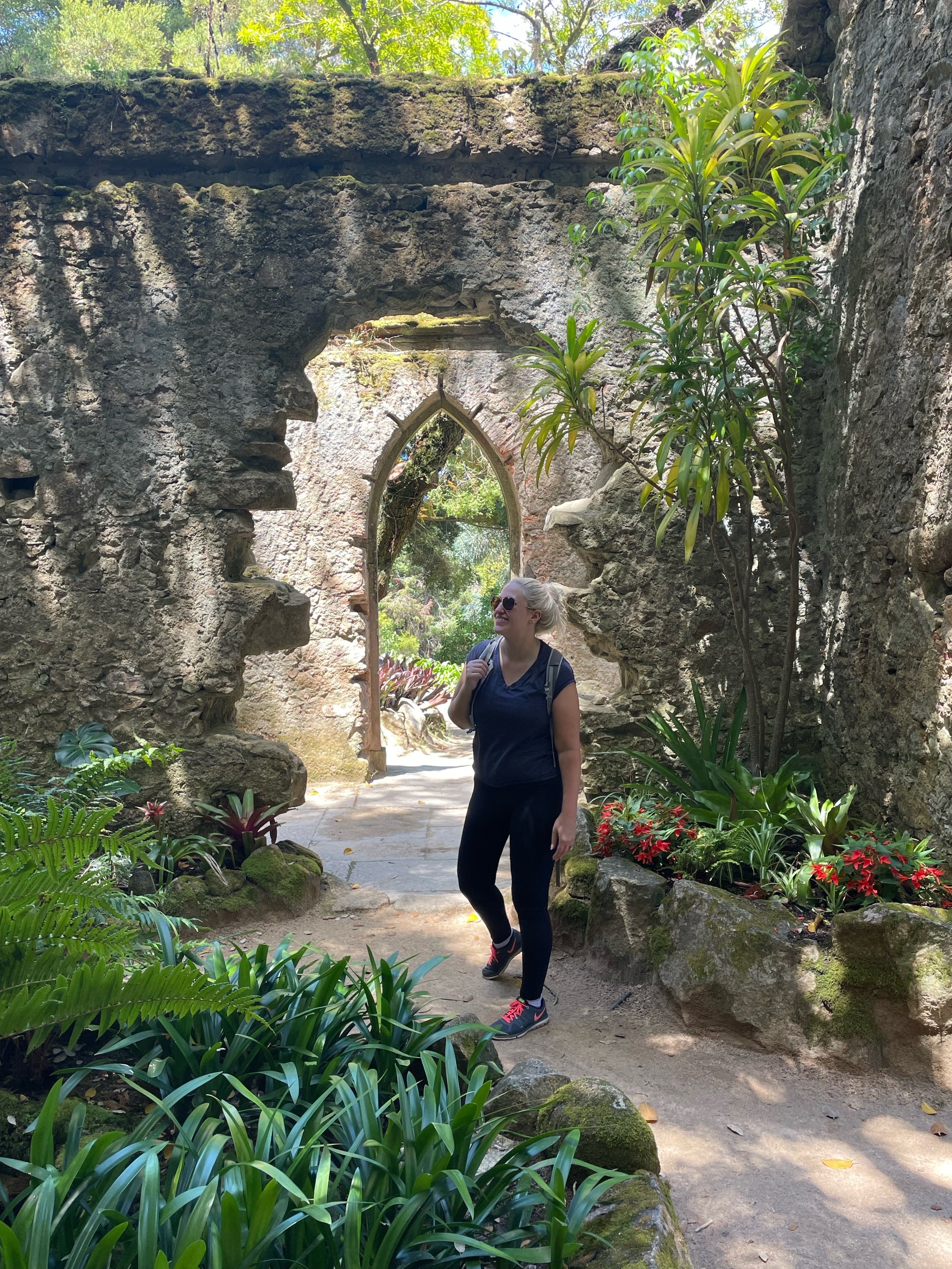

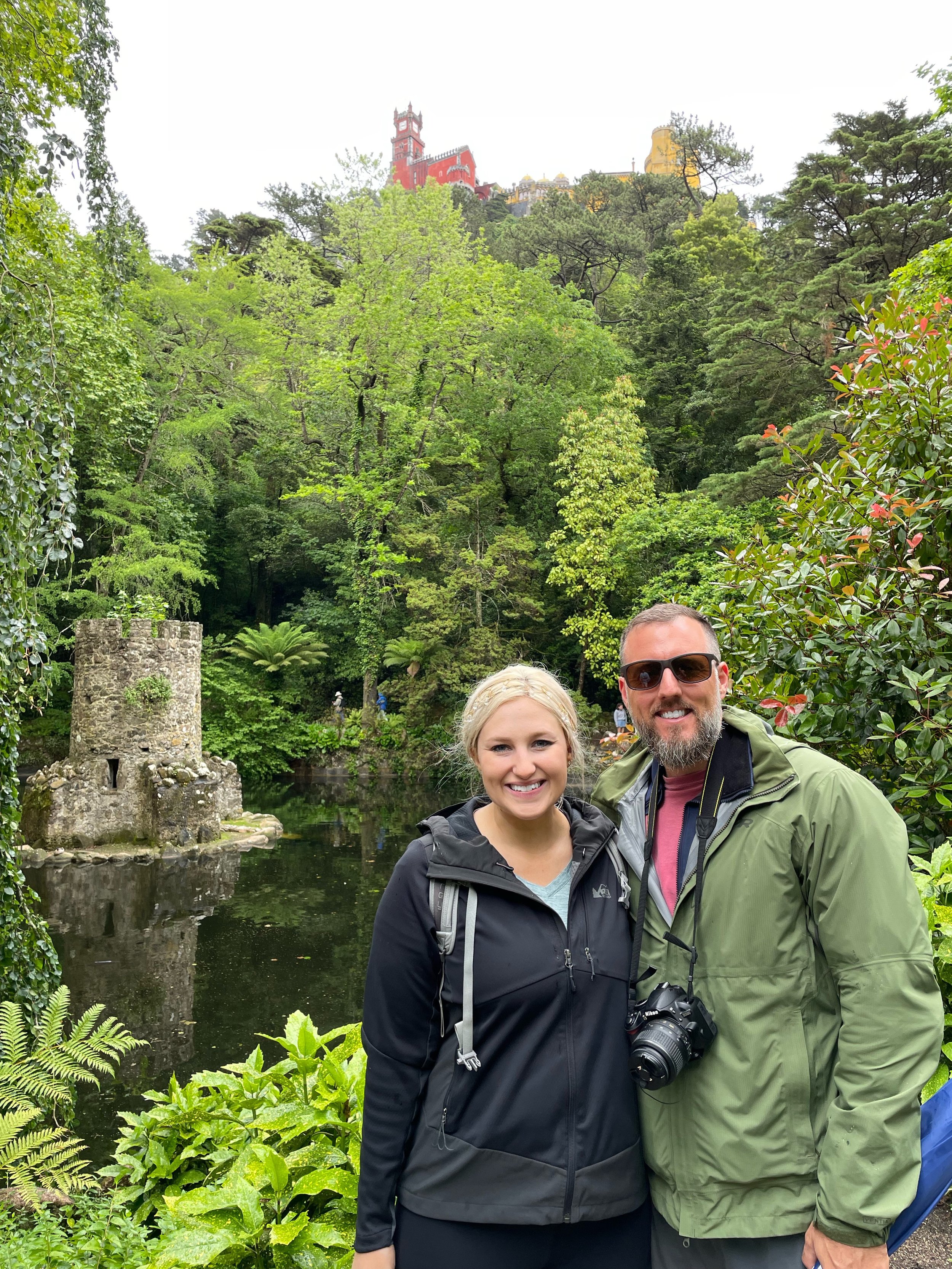



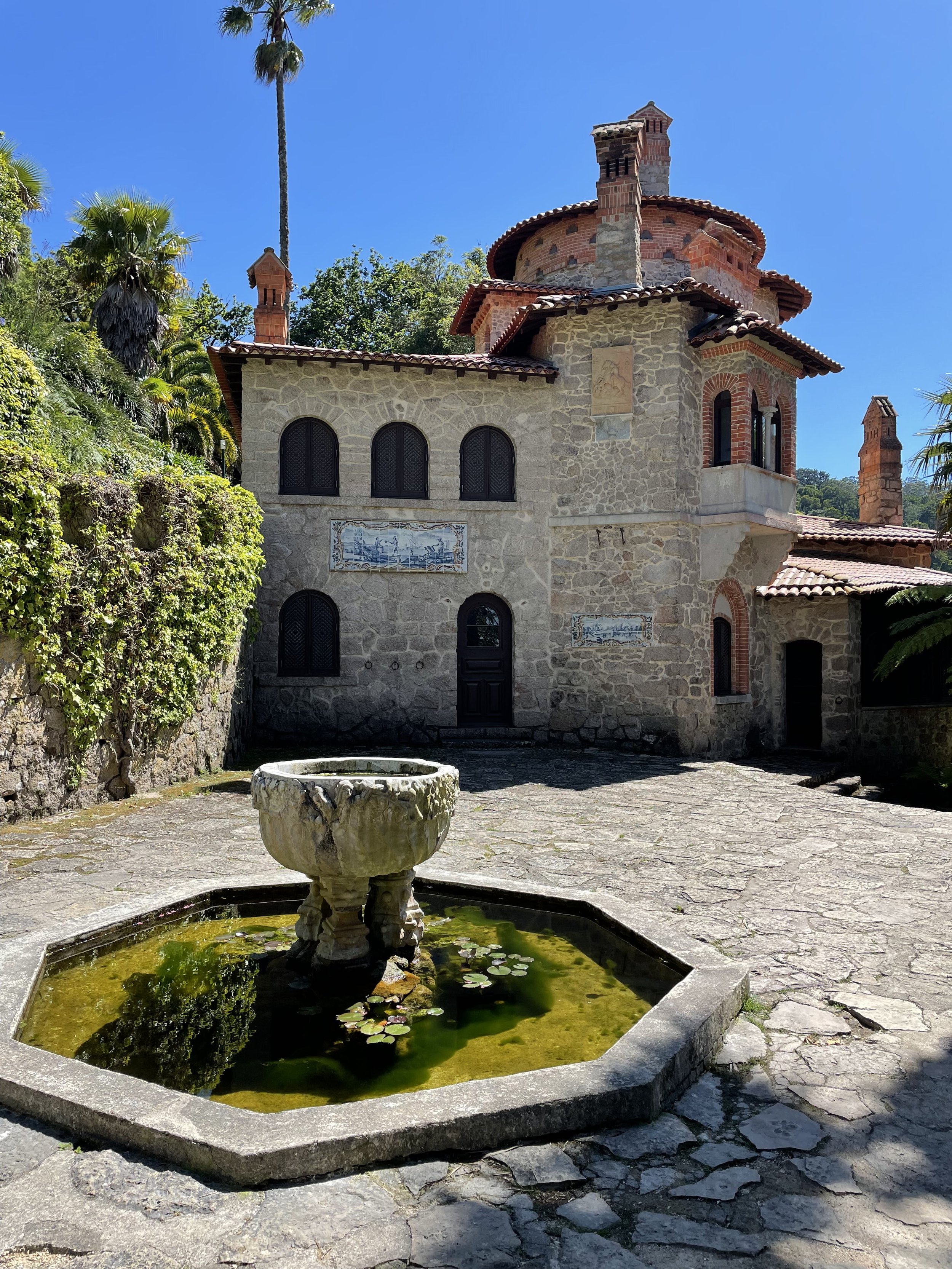
If you have time to visit Sintra, I HIGHLY recommend that you do. It was truly the highlight of my Portugal trip (and the site of our wedding ceremony), so needless to say, I adored it.
Overall, Lisbon is a vibrant and charming city that has something for everyone. Whether you're interested in history, art, or simply soaking up the local culture, you'll find plenty to do and see while you're in Lisbon.
~Have you ever been to Lisbon? Recommend what to do in Lisbon, Portugal in the comments below!~
author bio
Known as The Jet Set Blonde, Brittany Ryan inspires others to add more adventure to their childfree travel experiences. Brittany has visited 23 countries (and counting!) Connect with her to get access to detailed childfree travel itineraries, travel guides for weekend getaways, and updates on adult-only hotels, resorts, cruises, and other travel amenities.








